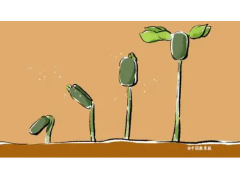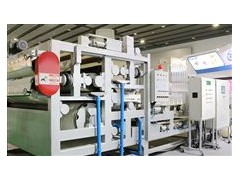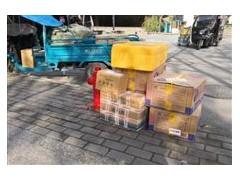News:Champagne Telmont recently announced the creation of what is said to be the lightest champagne bottle in the world. At the same time, canned and boxed wines are increasingly favored by high-end consumers. Given the heat and energy involved in production, brewers are looking to reduce their carbon footprint and work to reduce the weight of glass bottles, or rethink their packaging entirely.
Champagne Telmont and French glassmaker Verallia have recently completed tests of what is believed to be the world's lightest champagne bottle, weighing just 800 grams. The new lighter bottles will produce around 4% less CO2 per bottle produced. Whenever reducing bottle weight, fragility must be considered. This is a particularly challenging job for sparkling wine, which is often packaged in thicker, heavier glass.
“A bottle of champagne has twice the pressure of a car tire!” said Ludovic du Plessis, president of Champagne Telmont, via email. Ten years ago, Verallia started reducing the weight from 900 grams to 835 grams. It's not easy to lose another 35 grams without weakening the bottle's mechanical resistance to air pressure.
"Each reduction is harder than the previous one because you can't change the mechanical resistance of the bottle. You have to move forward very carefully, reducing gram by gram, doing a lot of testing," du Plessis said.
This lightweighting is one way beverage makers are reducing greenhouse gas emissions in line with their climate commitments, as less fuel is used to manufacture and transport the lighter bottles. Specifically, for Telmont, glass used in bottles accounts for about 24% of its total emissions.
In addition to lighter glass, Telmont is reducing other types of packaging often used when shipping wine. "We decided in June 2021 to stop all gift boxes and other useless packaging," du Plessis said. Additionally, Telmont has switched to using only green champagne bottles that are described as 100% recyclable and made from up to 87% recycled glass.
Increasing the amount of recycled content in bottles is another trend that is also helping to improve the environmental image of wine packaging. Another example is wine retailer Laithwaites, which last year launched a bottle made from 100% recycled glass.
U.S. EPA data show that in 2018 less than one-third of all glass was recycled. The Glass Packaging Association has set a goal of increasing recycling rates to 50% by 2030, which is estimated to reduce greenhouse gas emissions by about 1.4 million tons per year.
Some winemakers are ditching glass packaging and experimenting with alternative packaging, a shift that wine professionals across the industry are calling for. The global canned wine market will continue to expand. According to research firm Reports and Data, the market is expected to reach $1.4 billion by 2032, with a projected revenue CAGR of 10.8% during the forecast period.
The Union Wine Company, part of the Underwood wine brand, will celebrate the 10th anniversary of the launch of its first wine in a commercial can next year. The company still uses bottles, but as the business expands, canning has helped the business ship more wine while providing environmental and economic benefits.







